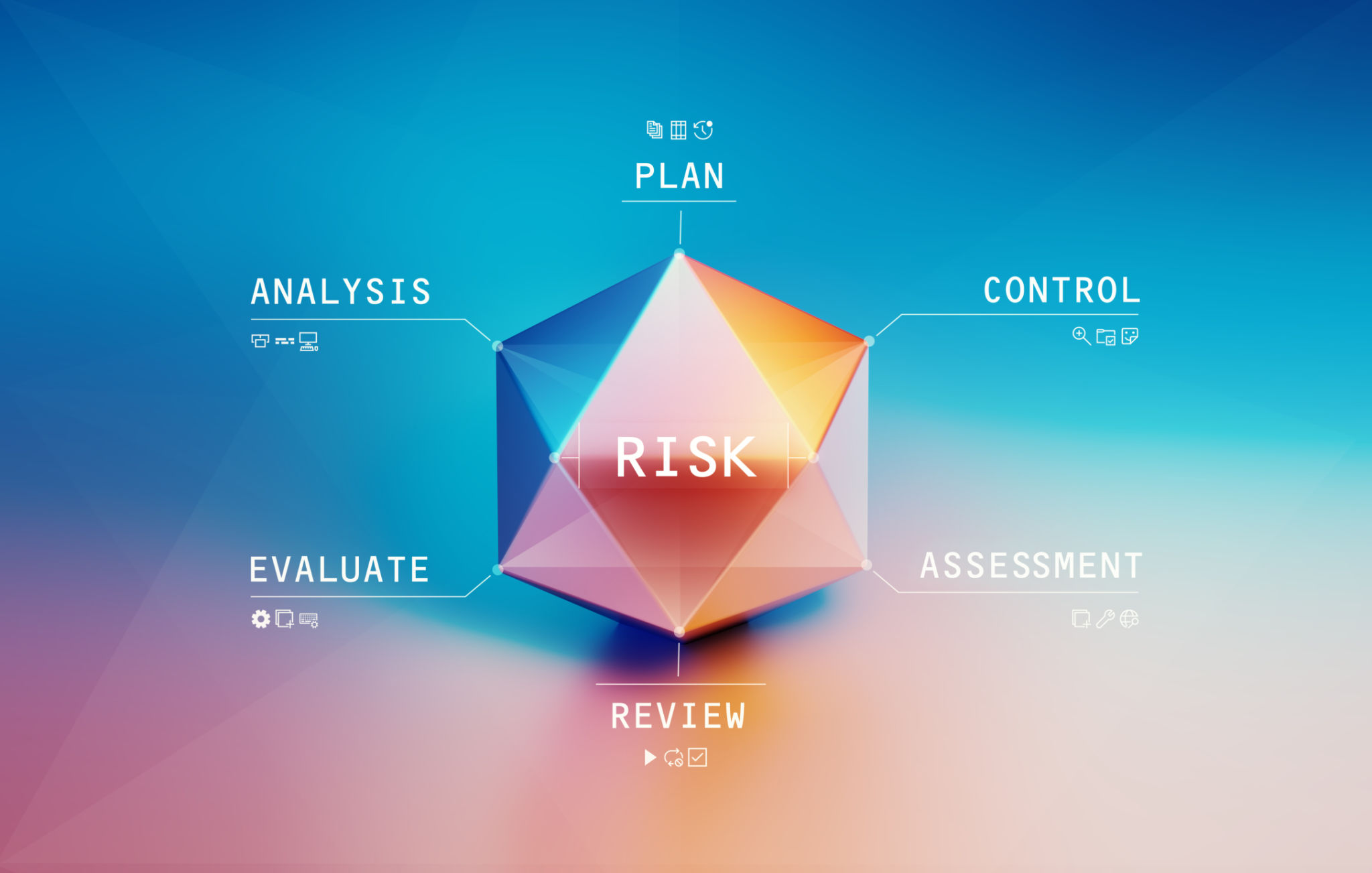Common Misconceptions About Contract Risk Assessment: Expert Insights
Understanding Contract Risk Assessment
Contract risk assessment is a critical component of managing business agreements effectively. Despite its importance, many misconceptions surround this process, leading to inadequate risk management and potential financial losses. In this blog post, we will debunk some common myths and provide expert insights into effective contract risk assessments.

Myth 1: Contract Risk Assessment Is Only for Large Companies
One prevalent misconception is that only large corporations need to conduct contract risk assessments. In reality, businesses of all sizes can benefit from evaluating their contracts for potential risks. Small and medium-sized enterprises (SMEs) often have limited resources, making them even more vulnerable to contractual pitfalls. Therefore, implementing a robust risk assessment process is crucial for businesses of every size.
By understanding the potential risks, companies can take proactive measures to address them, fostering long-term stability and growth. Ignoring this step could lead to unforeseen liabilities that could be detrimental to the business.
Myth 2: Risk Assessment Is a One-Time Task
Another common misunderstanding is that contract risk assessment is a one-time task. However, risks can evolve over time due to changes in the business environment, regulations, or the contract's specific terms. Thus, it is essential to conduct regular assessments throughout the life of a contract to ensure that any new risks are identified and managed effectively.

Regular assessments help businesses adapt to changes and maintain compliance with legal and regulatory requirements. This ongoing attention to risk management can prevent costly disputes and potential legal challenges.
Myth 3: All Risks Can Be Eliminated
It is a common belief that a comprehensive risk assessment will eliminate all risks associated with a contract. While assessing risks is crucial, it is impossible to eliminate every potential threat completely. The goal should be to understand and mitigate risks where possible, rather than seeking to eradicate them entirely.
Businesses should prioritize high-impact risks and develop strategies to manage them effectively. Accepting that some level of risk will always exist allows companies to focus on reducing the most significant threats while maintaining operational efficiency.

Myth 4: Risk Assessment Is Solely a Legal Responsibility
Many believe that contract risk assessment is solely the responsibility of the legal department. While legal expertise is essential, effective risk management involves a collaborative effort across various departments, including finance, operations, and procurement. Each department brings unique insights into potential risks related to their specific areas of expertise.
By fostering cross-departmental collaboration, businesses can create a comprehensive risk management strategy that addresses all aspects of contractual obligations. This approach ensures that contracts align with the organization's overall goals and risk tolerance.
The Value of Expert Insights
Engaging with experts in contract risk management can provide valuable insights and enhance an organization's existing processes. Experts can offer guidance on best practices, emerging risks, and innovative strategies for risk mitigation. Their experience can help organizations navigate complex contractual landscapes more effectively.
Ultimately, understanding the realities of contract risk assessment and dispelling common misconceptions can lead to more informed decision-making and better protection for businesses of all sizes. By taking a proactive approach to risk management, companies can safeguard their interests and build stronger, more resilient contractual relationships.
